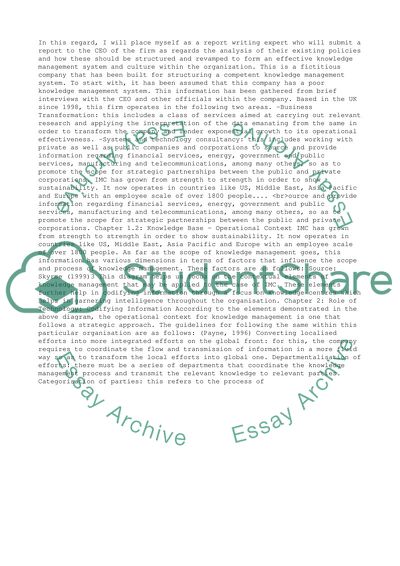Cite this document
(“Knowledge Management for Competitive Advantage Essay”, n.d.)
Knowledge Management for Competitive Advantage Essay. Retrieved from https://studentshare.org/management/1524734-knowledge-management-for-competitive-advantage
Knowledge Management for Competitive Advantage Essay. Retrieved from https://studentshare.org/management/1524734-knowledge-management-for-competitive-advantage
(Knowledge Management for Competitive Advantage Essay)
Knowledge Management for Competitive Advantage Essay. https://studentshare.org/management/1524734-knowledge-management-for-competitive-advantage.
Knowledge Management for Competitive Advantage Essay. https://studentshare.org/management/1524734-knowledge-management-for-competitive-advantage.
“Knowledge Management for Competitive Advantage Essay”, n.d. https://studentshare.org/management/1524734-knowledge-management-for-competitive-advantage.


